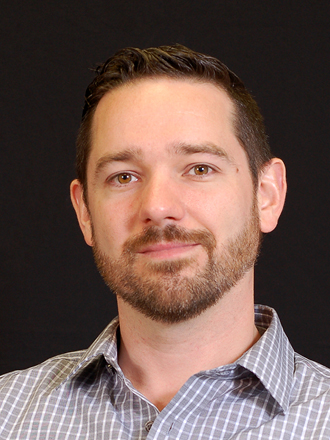Keynote Lecture
Keynote Lecture
Tuesday, September 19th, 2023, at 5:30 pm
Chair: Henrik Mei & Bertram Bengsch

Bottom-Up Organization of Single Cell Human Systems
Associate Professor of Pathology and Immunology, Stanford University School of Medicine, Stanford, USA
Abstract
Single cell analysis, starting with the earliest low parameter fluorescent cytometry and microscopy experiments, helped define the major cell subsets of human cellular systems as we understand them today. Now, a novel combination of elemental mass spectrometry with single cell analysis (mass cytometry – CyTOF, Science 2011) and imaging (multiplexed ion beam imaging – MIBI, Nature Med. 2014, Cell 2018) offers routine examination of >50 parameters without fluorescent agents or interference from spectral overlap using heavy metal isotopes as reporters. With these platforms, we have reached new levels of organizational understanding in human pathobiology – especially when combined with novel single-cell visualization and analysis methods. Here, we will present our latest efforts to create single cell assays in order to answer new questions in human pathobiology by structuring human hematopoietic immune function and dysfunction. We will also highlight early applications of this in next generation imaging and single cell platforms to resolve human cellular function and dysfunction. Overall, these new approaches reveal there are unappreciated layers of human cellular organization and structure in human systems that can be exploited to understand and perturb dysfunction.
Biosketch
My lab’s overall goal is to foster development of next-generation single cell analysis tools that can be used to understand new mechanisms regulating human systems. We focus on the roles of protein-level regulators in pathobiology (healthy or disease) that define regulatory states associated with a cell’s function or dysfunction. Drawing on my background in biochemistry, stem cell biology, hematopoiesis and immunology, combined with novel high-content single-cell analysis platforms I helped pioneer, CyTOF – Mass Cytometry and Multiplexed Ion Beam Imaging we create templates of normative cellular behavior and organization that can be used as a baseline for identifying perturbations in disease. For example, we focus on immunobiology in the context of immunotherapy, hematopoiesis in the context of engraftment, and more recently on cognitive impairment in the context of neurodegenerative disease. Using data-driven computational approaches, we decipher the roles of protein regulators on cell/tissue state at the single cell level. For instance, we lead the application of pseudotime approximation (Wanderlust) from highly multiplexed single cell data to discover new populations and regulatory ordering during B cell commitment and emergence in the human. We have extended the application of these single cell proteomic technologies to go beyond simple cell identity and signaling to capture new cell states, including metabolism.3 Pulling all of these single cell assays together and integrating the information has allowed up to create new cell atlas’s redefining facets of biology such as the organization of human B cells, identifying new cell states and possible fucntions. Overall, our lab utilizes these common sets of investigative tools to probe systems to discover new cell processes, identities, as well as generate predictive signatures for risk stratification and disease outcome. As such, it leads us to work collaboratively with both computational scientists and clinicians to establish novel pipelines for discovering new phenomenon in human pathology.
